Pivot Switchblade Gets a New Edge with Improved Suspension & Updated Geometry
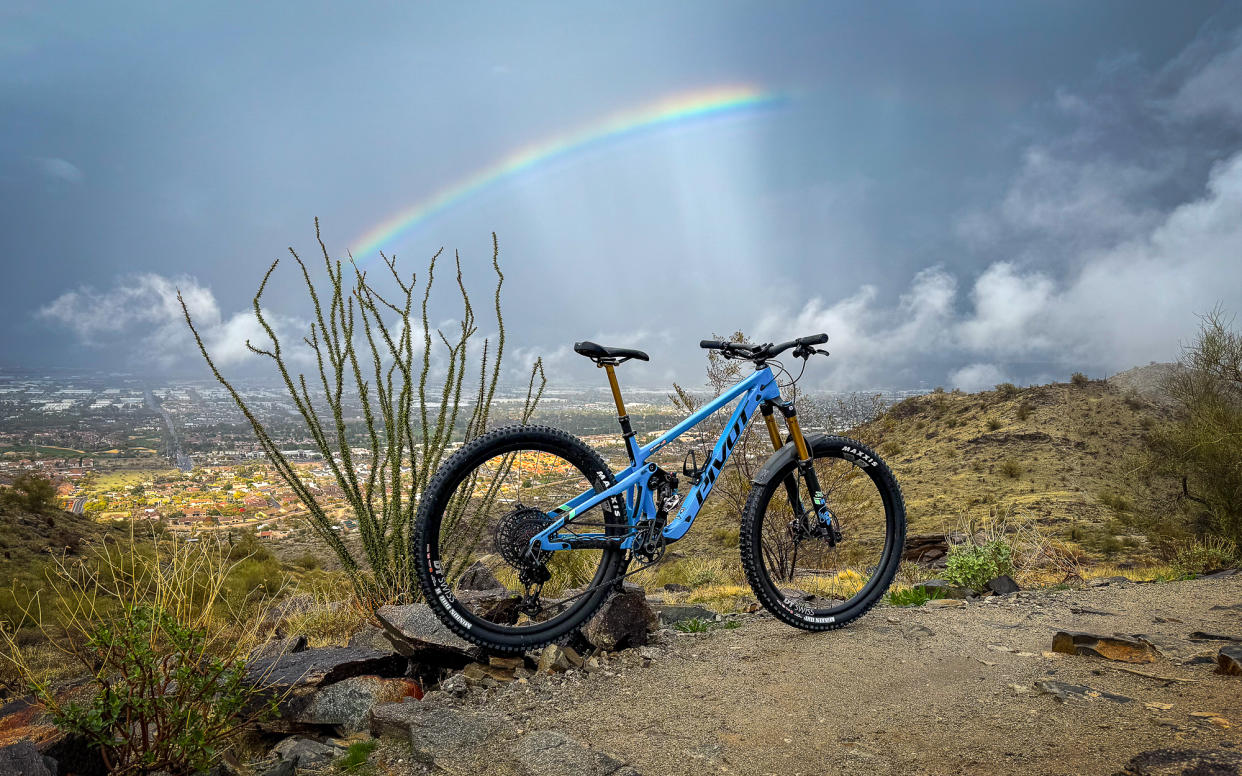
The more time you spend with Pivot’s founder Chris Cocalis, the more you realize that ‘good’ will never be good enough. Nowhere is that on display better than the latest Pivot Switchblade. By most accounts, the previous version was more than just good enough. It was great.
Yet in typical Pivot fashion, it could be better. It has to be better. That relentless pursuit of perfection is what makes a Pivot a Pivot, and it has yet again taken one of their already-impressive bikes and made it even better.

At first glance, the new Switchblade doesn’t look all that new. In fact, during testing Pivot had painted the new bike the same colors as the current bike and they were able to test it right out in the open without anyone catching on.
That isn’t to say that there’s not much to talk about though. Quite the contrary. To get a better understanding of the new bike, first, you have to take a look at the new Pivot headquarters in Tempe, Arizona.
Pivot’s New Building

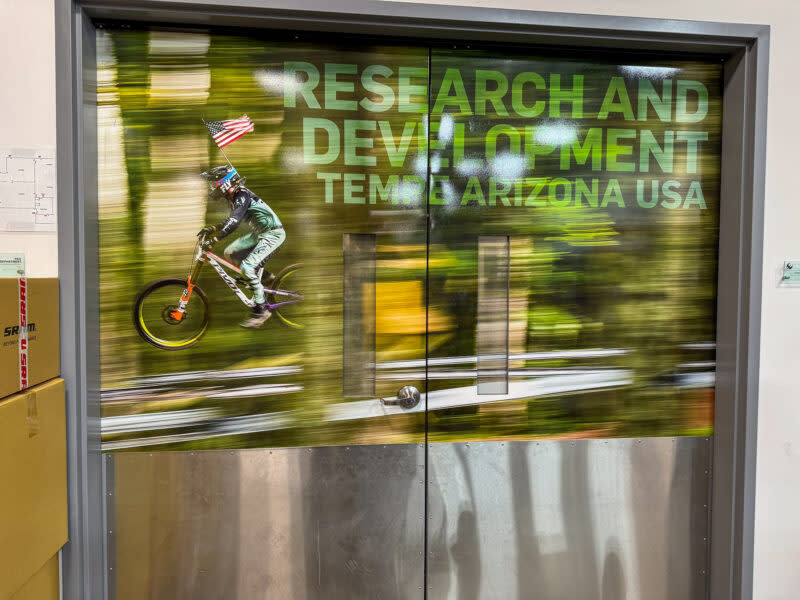
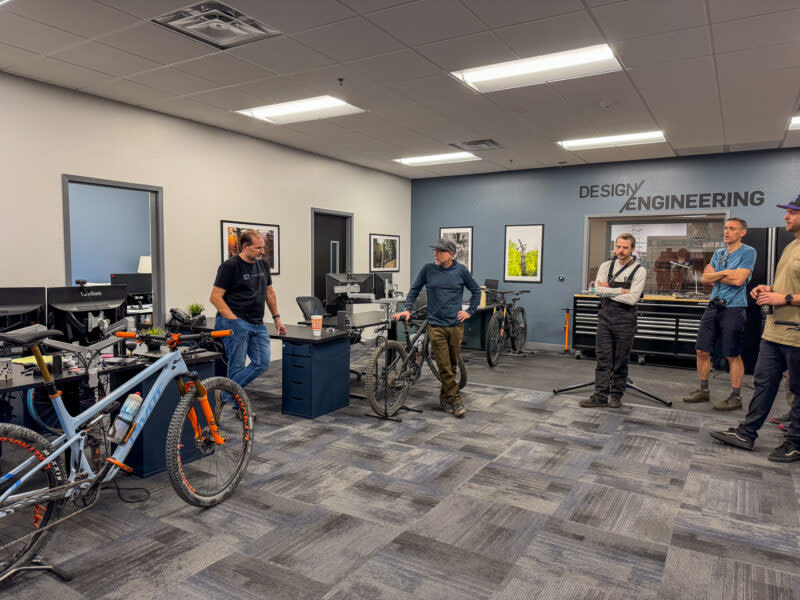
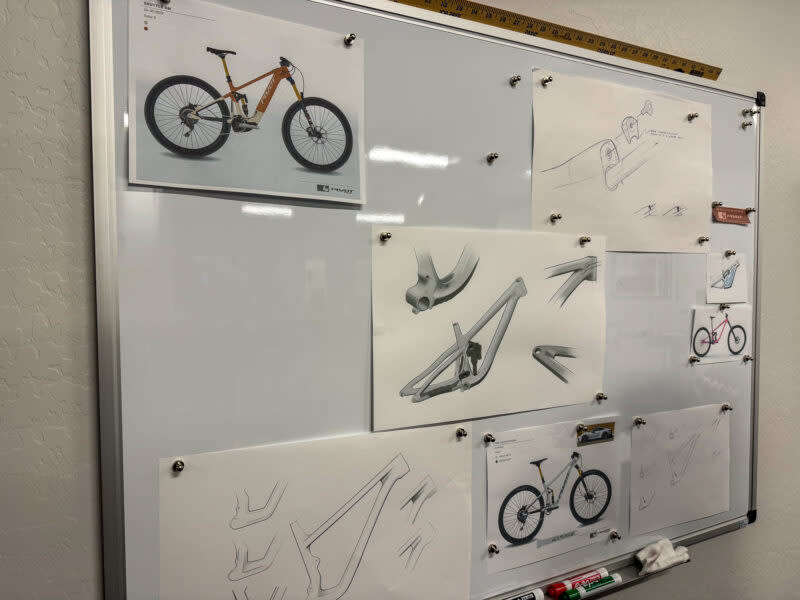
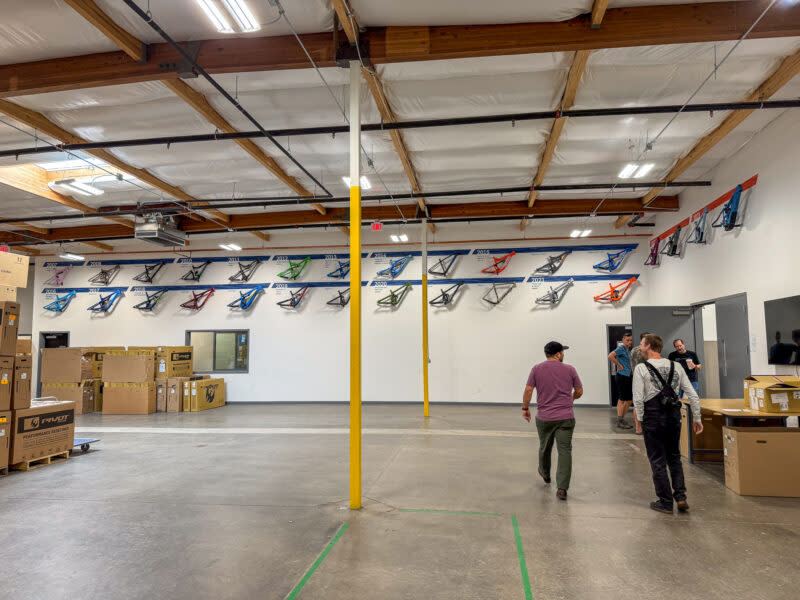
When we last saw the building at the launch of the previous Switchblade generation, it was a shell that Chris jokingly refers to as “four good walls.” It took 18 months to build out the 70k+ sq foot building and they moved in just in time for the height of the pandemic.
The takeaway for me was just how well the finished building seemed to be laid out to improve every workflow from design and prototyping, to building the completed bikes and shipping them out the door. Like the bikes themselves, the new building was clearly obsessed over before Pivot made it into reality.
Part of that building design is a larger space for their engineers and industrial designers. With that, Pivot is now able to do both prototyping and production modeling in parallel which helps speed up the process. Specifically, it allows for faster last-minute design changes (something that they tend to do often, it seems).
And if the new Switchblade is what we can expect as a result, it seems that Pivot has truly set itself up for success.
8 years of Switchblade
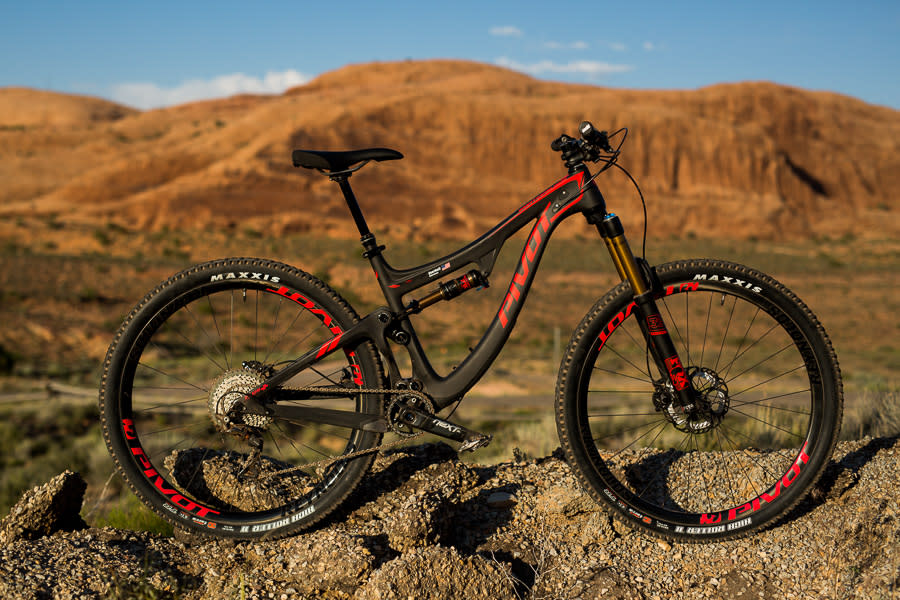
First launched in 2016, the Switchblade was what Pivot envisioned as a “big travel 29er.” The definition of a long-travel 29er has changed since then (see: Pivot Firebird), but the original Switchblade was an important bike in Pivot’s history. Not only was it one of the models that Cocalis says “really made a big leap in the size of the company,” but it also ushered in the era of Super Boost Plus.
At the time, the idea of another new hub standard was borderline sacrilege as the industry had just transitioned to Boost 148 spacing. But Pivot had their reasons. Perennially at the forefront of technical innovations, Cocalis has been instrumental in several new standards over the years (even though he admits that he hates the word, ‘standard’).
Super Boost Plus is still here




When it came to Boost spacing, both Cocalis, and Pivot’s Director of Engineering, Kevin Tisue have always felt like it was a half-step, stating “Boost got us somewhere, but didn’t get us where it needed to be.” If you ask them, the industry should have skipped right over Boost and gone straight to Super Boost Plus as it provides the needed space for tire, chainring, and suspension clearance along with creating a stronger rear wheel that matches the front.
Now, eight years later, Super Boost Plus is still here and more brands are slowly super-sizing their Boost bikes especially as modern drivetrains push chainlines out to 55mm.
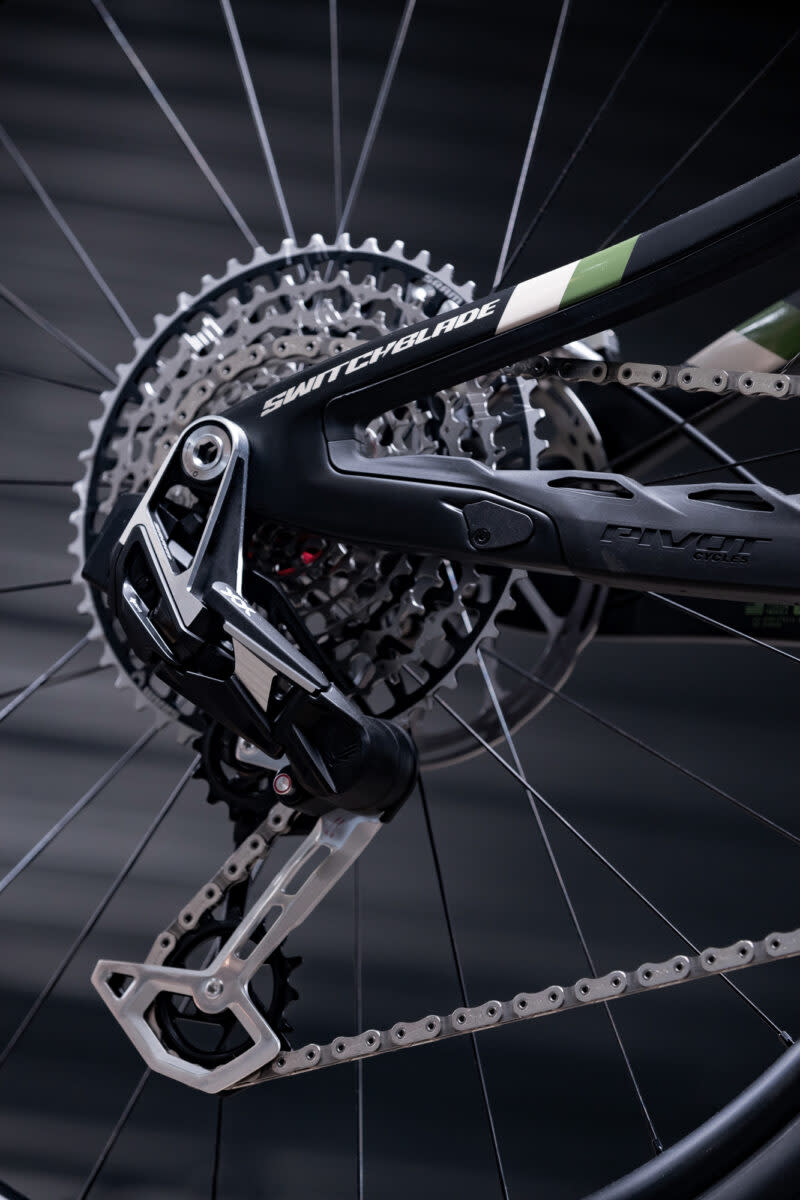
That’s a long way of saying the new Switchblade is still built around a 157mm rear hub with a 56.5mm chainline – don’t expect that to change any time soon. In terms of what’s new, Cocalis says that it has “A lot of small changes that add up to big differences, without changing what the bike does really well.”
Suspension Improvements
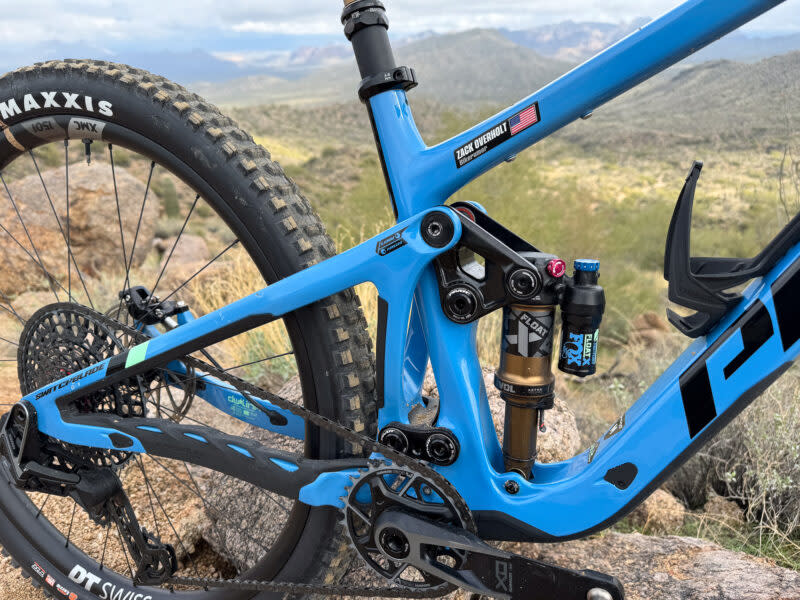
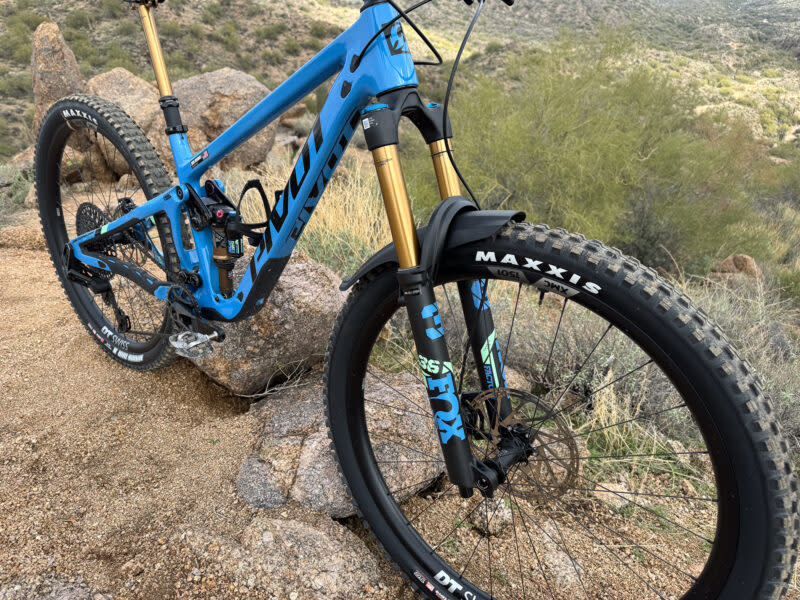
Specifically, Pivot wanted to push the Switchblade farther into Firebird descending territory to make it easier to ride aggressively. Along those lines, the travel numbers haven’t changed with the bike still offering 142mm of dw-link suspension travel that is paired with a 160mm travel suspension fork.
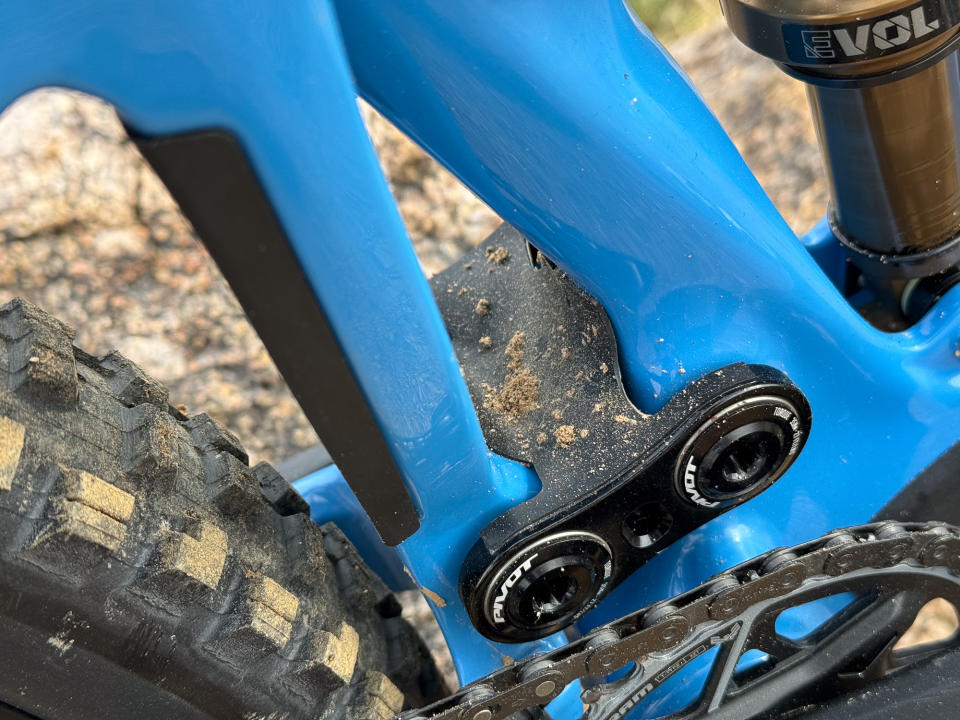
However, there have been advancements in the dw-link suspension design that have improved how it rides. While the Mach 4 SL, Shadow Cat, and Mach 429 all share the same eye-to-eye measurement on the lower link, the Switchblade now has a longer lower link that is closer to the Firebird.
That change has resulted in a more rearward axle path to improve square edge impact performance and results in the rear wheel digging in harder while climbing.

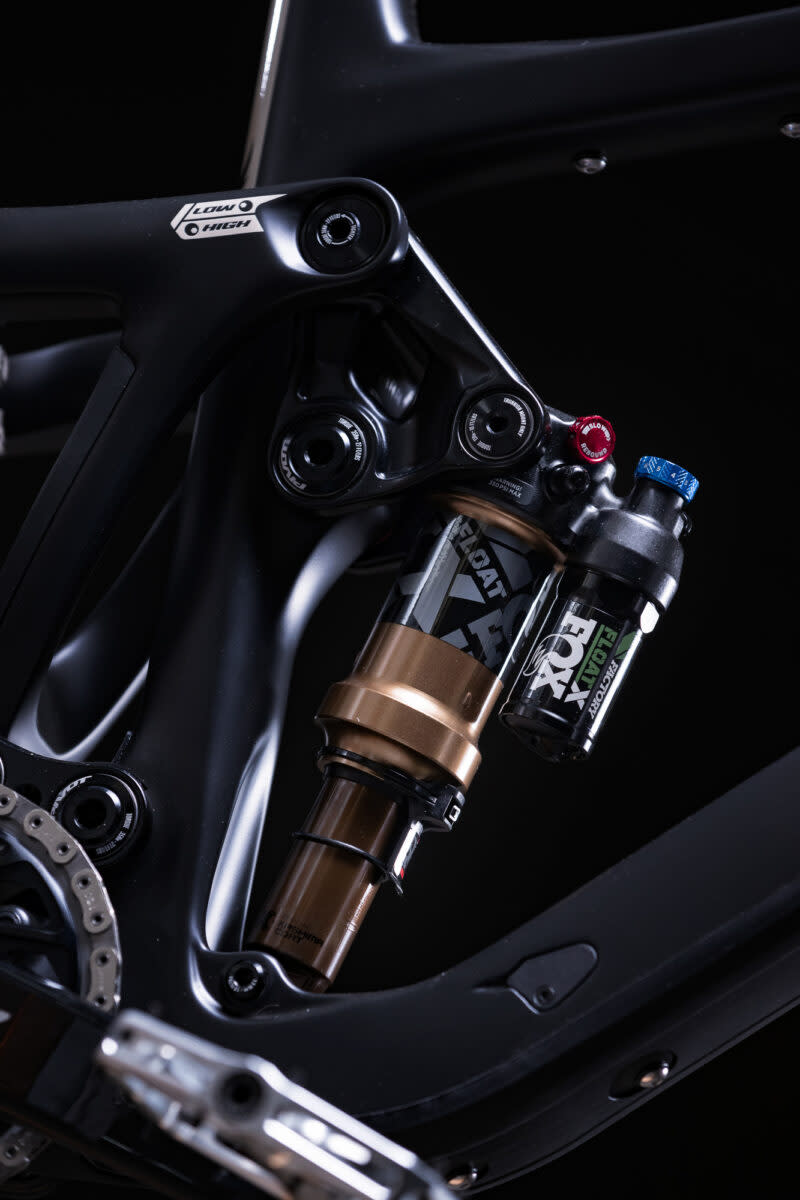
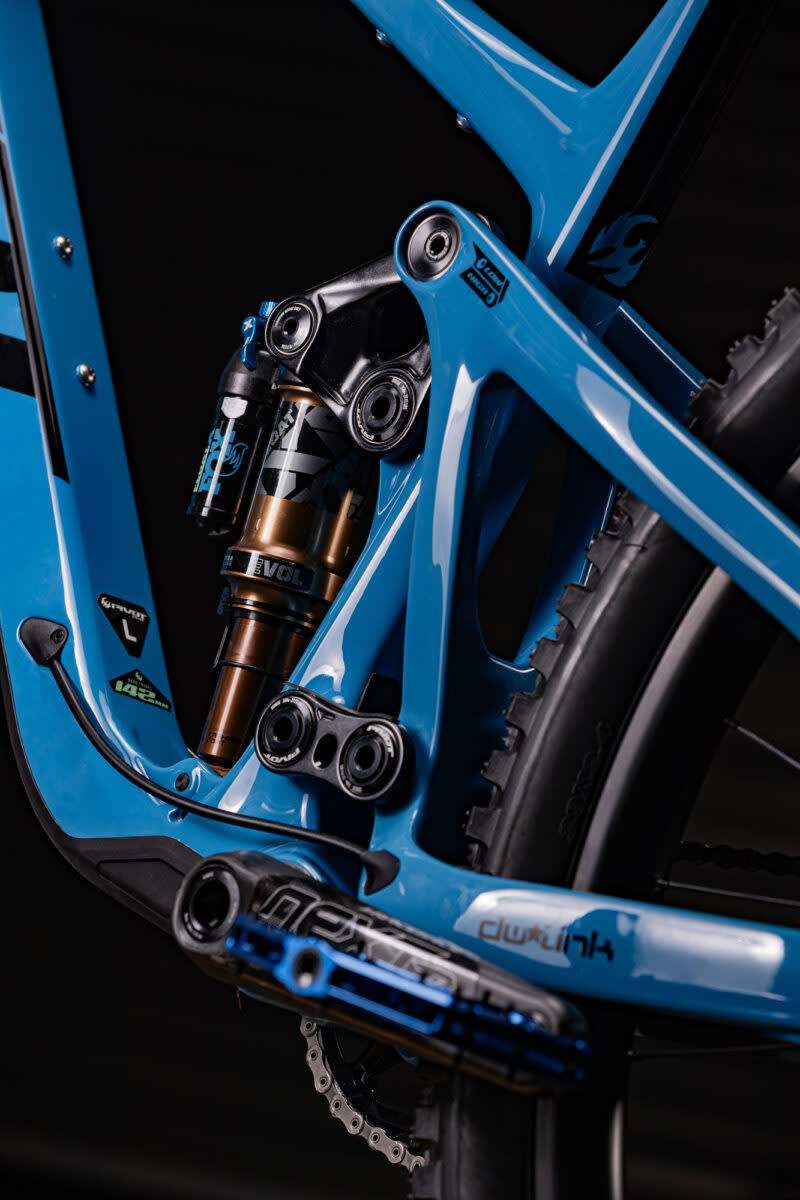
This is the second generation Switchblade with a vertical shock layout which gets everything low on the frame, allows for better standover, shorter eye-to-eye length with trunnion shocks, while still fitting full-size water bottles and room for the Pivot Tool Dock System, and allows for XS frames.
In terms of weight, Pivot says that the new frame is essentially the same weight as the previous model. But considering every size is longer, the fact that it’s the same weight is worth noting.
Geometry


Speaking of frame sizes and geometry, there are a number of small tweaks to the geometry of the Switchblade that are noticeable on the trail. The bike now has a ~10mm longer reach, slacker HTA, steeper STA, size-specific chainstay lengths, longer insertion depths for longer travel dropper posts, and a 2mm lower BB height. The Switchblade is still offered in XS-XL sizes, and will fit riders from 4’11” to 6’5”. As usual for Pivot, those different sizes are built with custom-tuned carbon layups and thicknesses with scaled tubing size to offer consistent ride quality for all riders.
Geometry Flip Chip
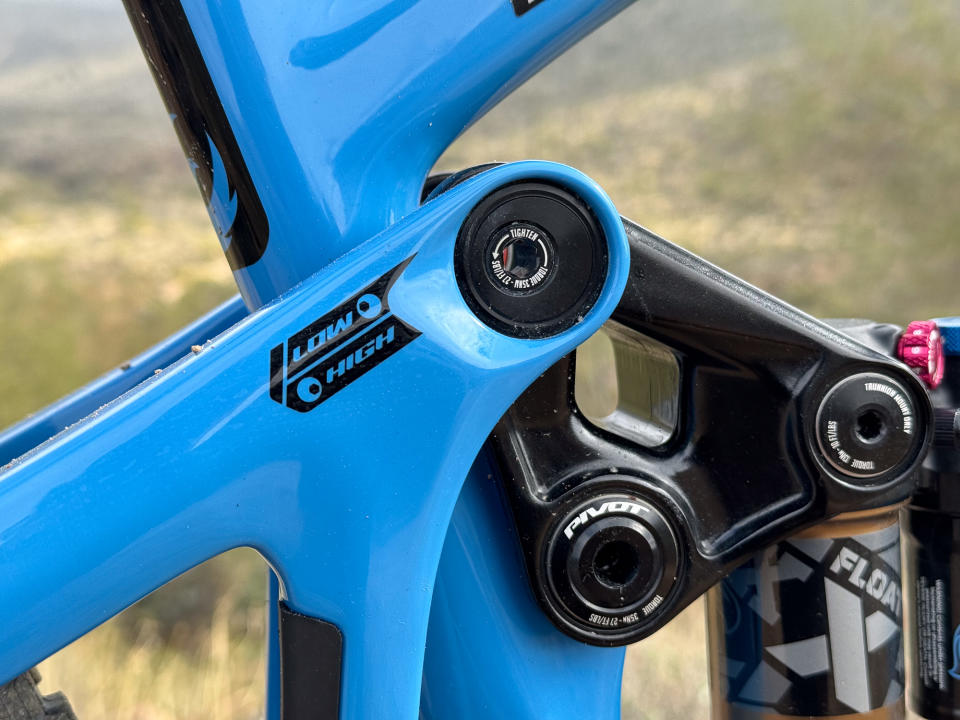
If you find the stock bottom bracket setting a little too low, you can swap the Pivot Flip Chip to the high setting. This also allows for you to run a mixed wheel setup or plus wheels, though both are not offered as stock options. Pivot will still offer a taller lower head tube cup if you want to run plus tires front and rear as well. Tire clearance is listed as 29 x 2.5” or 27.5” x 2.8”.
Builds, Pricing, Colors & Availability
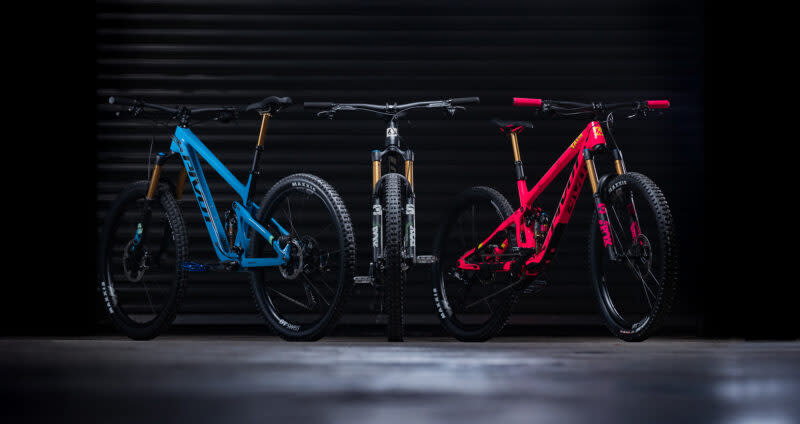
The Switchblade is offered in three build levels, and two colors – Blue Neptune or Stealth Mojave. Note that all three build levels include the same level of carbon frame. When asked about it, Cocalis said, “we spend so much time on that carbon ride quality and performance, it’s not worth it to add 300g to the frame just to make a cheaper option.”
Ride builds will use Fox Performance suspension while the Pro and Team builds both get Fox Factory units. At the Team level, you’ll have a choice between SRAM’s new XX transmission with SRAM Code Ultimate Stealth Brakes, and carbon wheels, or a Team XTR build with Shimano XTR drivetrain, brakes, and carbon wheels.
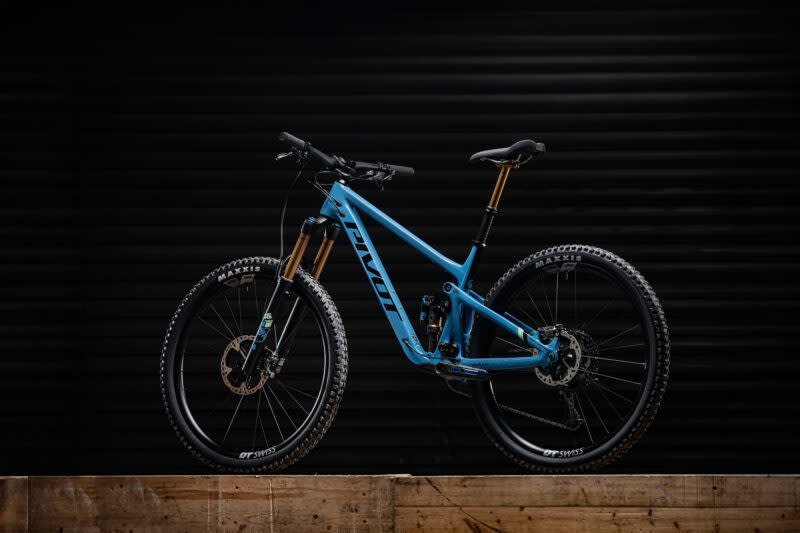
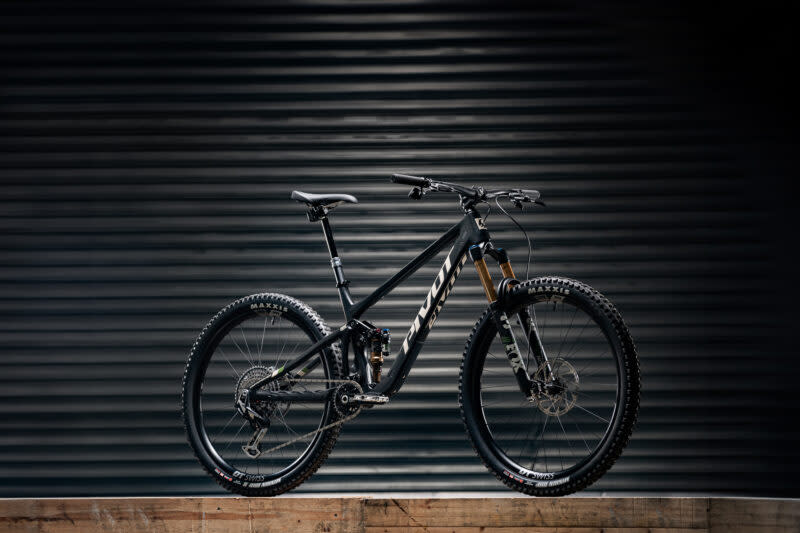

Pricing starts at $6,399 for the Ride SLX/XT build, and tops out at $11,399 for the standard Team XX AXS Transmission build. There’s also a limited 35th Talon Anniversary Edition with a Neon pink paint job paying homage to the original Sun Eagle Talon that Cocalis designed and built, offered in Pro and Team builds from $9,199 to $11,599.
The new Switchblade is available at online retailers and your local dealer starting today.
The post Pivot Switchblade Gets a New Edge with Improved Suspension & Updated Geometry appeared first on Bikerumor.